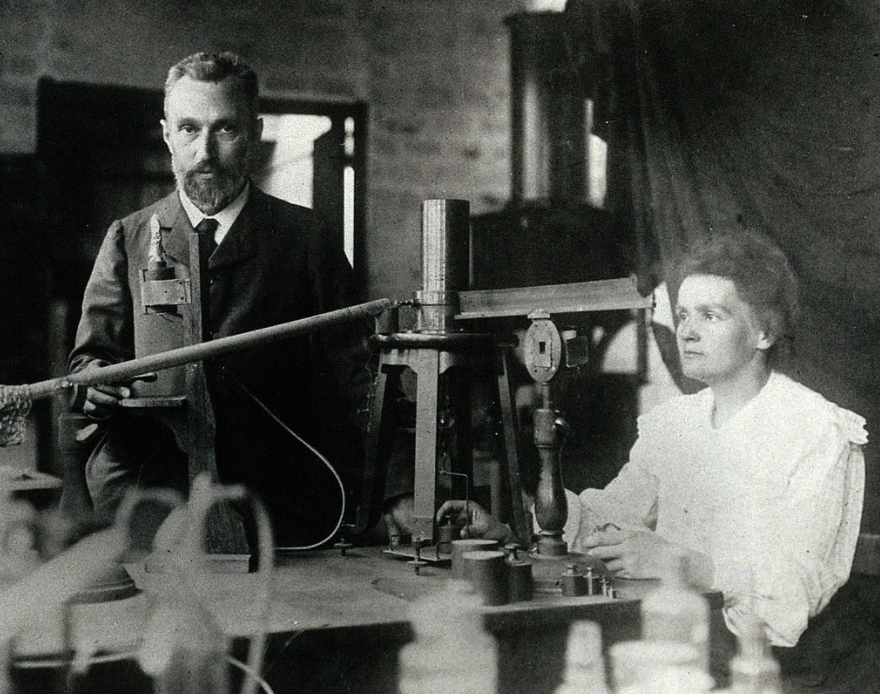 What do Women’s History Month and medical imaging have in common?
What do Women’s History Month and medical imaging have in common?
Marie Curie.
The first woman to win a Nobel Prize (actually two), Madam Curie was the champion of developing x-ray imaging as well as many cancer treatments. Because of her research and studies we have the modern x-ray machines in use daily around the world.
Here at Frontline ER, we are proud of our imaging capability and of Madam Curie’s legacy. Our imaging capabilities include not only x-rays and radiological services, but CT scans (including low radiation) and ultrasounds (including fetal ultrasounds). This capability allows us immediate results, so our physicians can diagnose and treat each patient more quickly. Couple this with our comprehensive laboratory services and care is quick and thorough, 24/7/365.
Not only did Madam Curie work to develop the x-ray, she was also a pioneer in the treatment of battlefield injuries during World War I. And you might call her the mother of mobile radiography, as she built truck-based x-ray units during the war. In a way, she pioneered emergency field ER services.
Emergency medicine has long been a place where women health care professionals have not only served but excelled. With women representing half of all medical school student bodies and almost half of all physicians, if you seek emergency care, chances are you will be treated by a woman.
Frontline ER is an acute care emergency room providing healthcare services to the communities we live and work within. Give us a call or contact us through our website should you have more questions about our services.
*photo courtesy of Wikipedia





